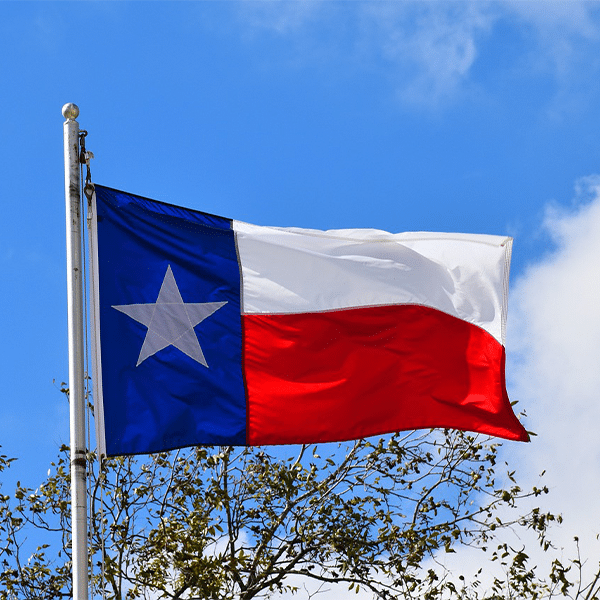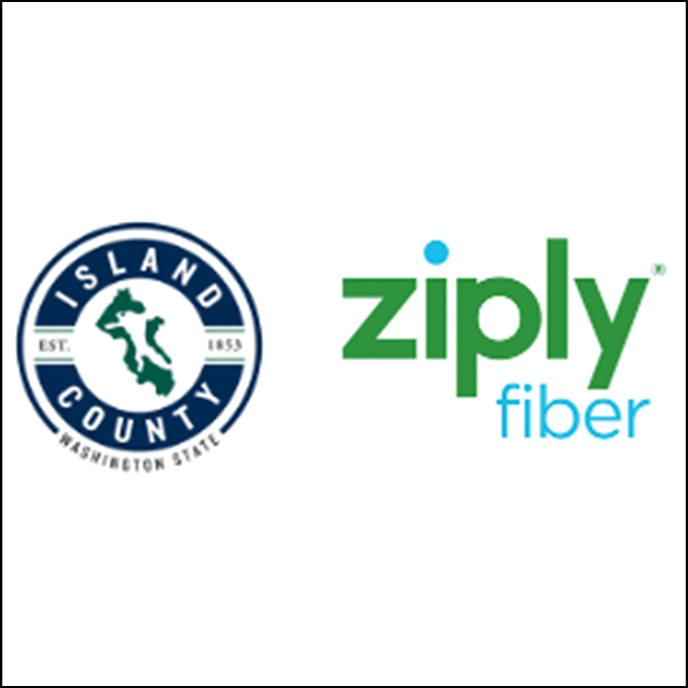A 100-mile fiber deployment from FiberLight along a Texas highway aims to support autonomous vehicle development and other “intelligent infrastructure zone” applications. FiberLight will invest $20 million in the project, which it will undertake with the Autonomy Institute, a 501c3 nonprofit organization.
The project illustrates the potential for smart city applications such as autonomous mobility districts, public safety and response, and distributed work centers to leverage infrastructure deployed to support autonomous vehicles. In this case, the infrastructure will run along State Highway 130 (SH130) in the Austin area.
FiberLight will provide 10GB and 100 GB connectivity to the Public Infrastructure Network Nodes (PINNs) along 92 miles of the highway. The PINNs will support the development, installation and software to manage autonomous systems. The PINNs are situated every 2,000 feet. There will be more than 240.
The company adds that advanced spatial computing capabilities will support autonomous cars, trucks, drones, advanced augmented reality/virtual reality and other edge computing applications.
“SH130 is the modern-day equivalent of Route 66, supporting dozens of communities, and enabling 21st-century solutions,” Jeffrey DeCoux, the Chairman and Autonomy Fellow of the Autonomy Institute, said in a press release.
“Intelligent Infrastructure touches the day-to-day life of each of our citizens and is crucial to competitiveness and prosperity. Fiberlight has helped deploy critical digital infrastructure statewide, and their expertise will build a stronger and more connected Texas.”
Autonomy Institute members include Hewlett Packard Enterprise, NVIDIA, Supermicro, Raytheon, Cisco, Terrascale, Syndeo Cities, Arnouse Digital Devices, Compass Datacenters, Ericsson, Resilient, Truweather Solutions and Above Robotics.
Verizon and Cisco are among the companies working on cellular vehicle-to-everything proof of concept (C-V2X POC). In March, 2022, the two companies demonstrated use of the carrier’s mobile edge computing (MEC), 5G and LTE cellular technology and Cisco’s industrial IoT networking technology for this purpose.



